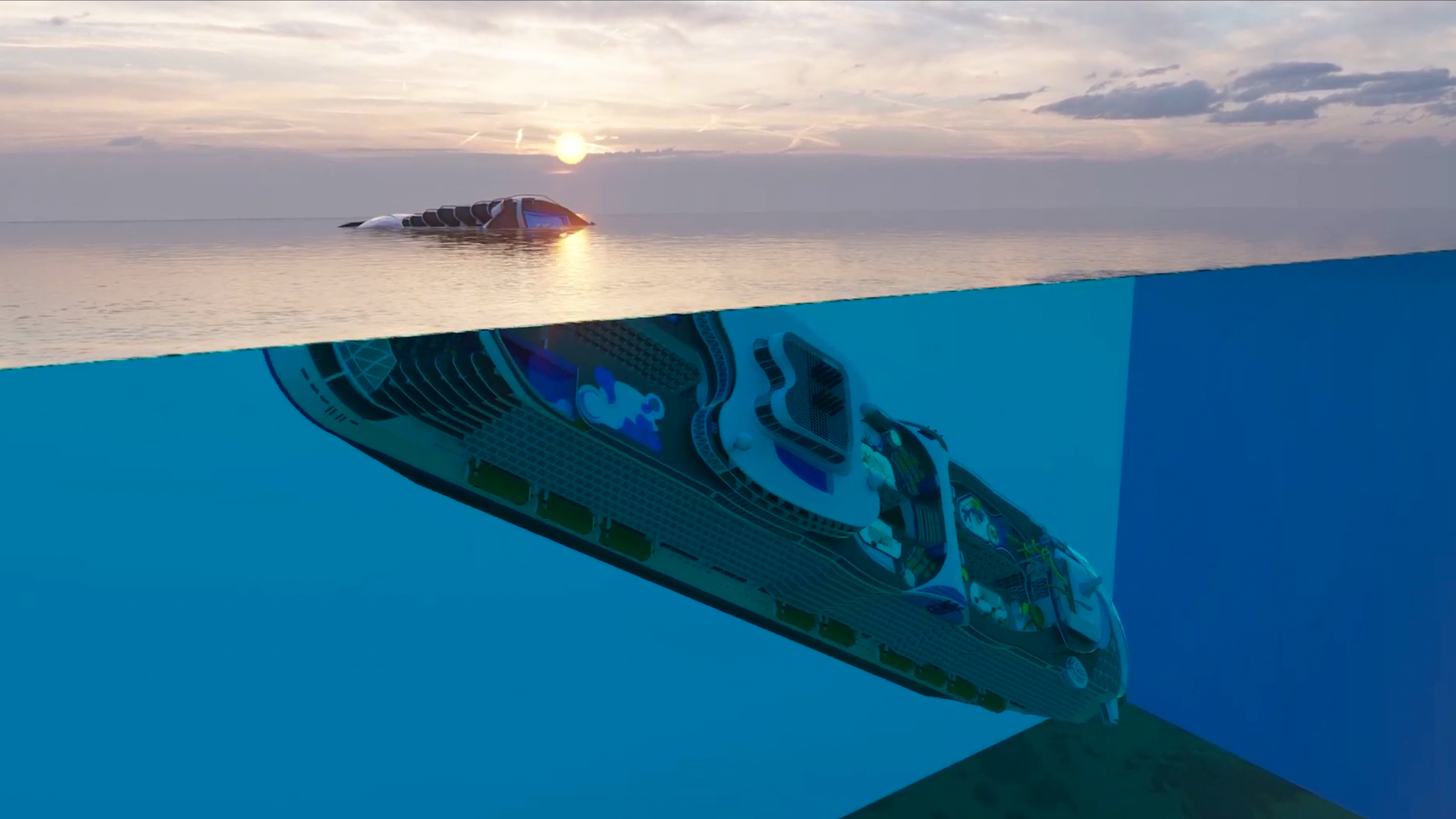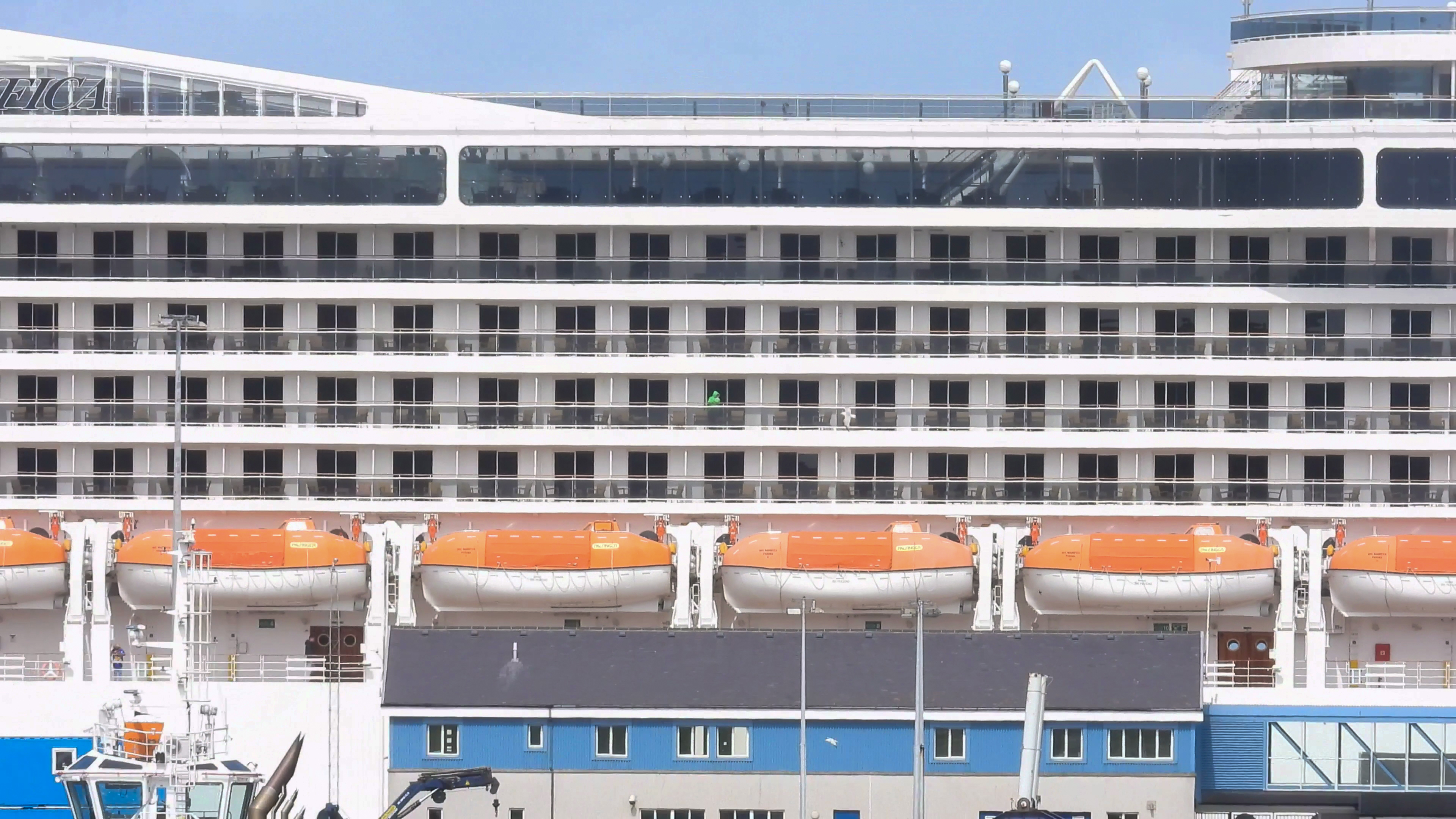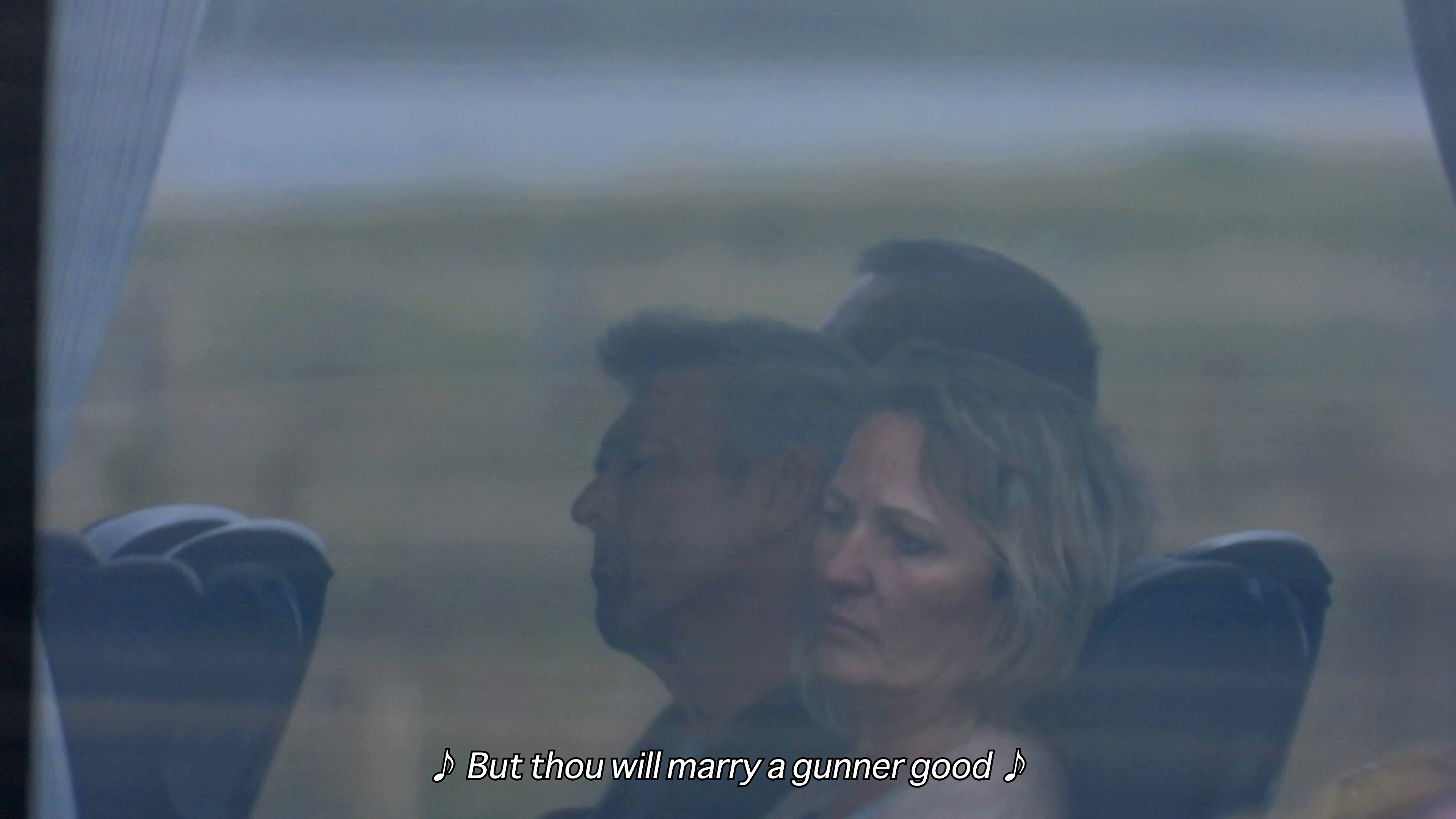LINK TO VIEW (PASSWORD PROTECTED)
email matt.cosslett@gmail.com to request pass










NICOLE STAROSIELSKI ON ‘MISSING IN-CRYPT TIDES’
Travel and transmission are traditionally seen as forms of movement from one place to another. missing in-crypt tides, thwarting this perception, instead locates “the entirety of the network — user, content, experience, infrastructure – in Orkney.” Everything, from the encounter with a landscape, to the capture of an image, to the storage of a memory, circuits in and through a single location. And yet, the film traffics in constant, multi-directional movement.
missing in-crypt tides is part act-of-compression, an assemblage of disparate images within a single text aggregated to produce a destination-less sense of place. Material collected from archives, from the internet, and from the field. It is part act-of-refraction, where vectors of motion reverberate within the frame, unsettling each other and the viewer. It is part act-of-amplification, layering patterned surfaces one over another, intensifying and distorting texture.
A long tradition of moving image and photographic artwork has struggled to grasp vast networks of global transportation and communication. Sometimes the network is frozen in place, in a map or a counter-map. Sometimes a single place is extracted from the transmission path, made to speak to absences beyond the frame. And sometimes the camera follows a person or a signal as it moves through environments. As Mél Hogan has documented in an essay on the making of data center art, such works are crucial not only to the public’s imagination of internet infrastructure, but as interventions in scholarship and research. In all cases, there is an attempt to make visible something that exceeds human vision. There remains a need to bring these global systems into sensibility for those who depend on them and are shaped by their dynamics.
In missing in-crypt tides, we see the same attention to dynamics of visibility and invisibility as in many of these artworks, a refusal to offer an overarching diagram or explanation for global infrastructures. Yet here, something different also emerges. The artwork keeps us tethered in place, yet never grounded. In the film, cruise-bound tourists stare at us through binoculars, and the landscape is never reduced to background. Horizon lines are rarely available for any sustained orientation. Depth-of-field, typically the means of holding relations-at-a-distance stable, collapses. The wind visibly shakes the camera, and focus can’t be maintained. Windows don’t offer clear views. Despite all of the perfectly rectangular structures that define the film’s subject, everything somehow remains unaligned. People hold steady to their media devices, and cameras always have photographers behind them.
“I cannot see underwater, my insides are there,” echoes Eleanor Forte’s voice. A vocaloid, present and not autonomous.
Despite all of these rifts – through all of the rifts – a continuity remains across Cosslett’s techniques of compression, refraction, and amplification. The telephoto lens’s dizzying pan delivers us into a crash zoom. A wobbly, handheld rendition of the karaoke microphone gives way to water running over an unseen surface. missing in-crypt tides delivers a specific kind of movement, manipulated to generate a sense of the network, a place where we never arrive and yet can never get outside.
Toward the end of the film, missing in-crypt tides plunges us underwater, spiraling down while fish and sunlight shoot through the frame. The film cuts to a swarm of electronic fish traversing aquatic-themed slot machines. In 2019, the karaoke titles tell us, Microsoft sunk a metal cylinder to the seabed of Orkney. Inside the cylinder, there were racks and racks of servers. An underwater datacentre. Inside the cruise ship, the camera spans rows and rows of (slot) machines and tilts to reveal a gridded interior ready for visitors. An animated model of the cruise ship sinks down to an animated seafloor. In Orkney, Cosslett shows us, the cruise ship and the datacentre run in parallel as they loop from one place back to itself.
The cruise ship and the datacentre are both informatic infrastructures designed to enable travel and transmission, the movement of people and their information from one place to another. At the same time, they are also infrastructures for storage. People are housed in cruise ship bunkers, while their information is held in servers perhaps alongside Forte’s artificial voice. The thousands of cameras on each ship are the means through which the images people capture of the landscape they came to see (but we never really see) might be ported through a vast digital infrastructure, through cables on the ocean floor, to the container housing servers. This datacentre, like the cruise ship docked in Orkney, might be only a single stop in a global journey. But both, missing in-crypt tides suggests, might also be a permanent place to rest. So often seen as a means to access environments from afar, these two infrastructures are no means of escape. In the film itself, no one ever leaves.
Part-prism, part-roller coaster, this work is a study in capturing motion in place. This is a fitting vision for a study of a datacentre in which so many insides remain, yet which cannot be accessed on the bottom of the ocean, nor adequately rendered in its moments of conceptualization, mediation, or submergence.
Works Cited:
Hogan, M. (2023). “Environmental media” in the cloud: The making of critical data center art. New Media & Society, 25(2), 384 – 404.
missing in-crypt tides
‘missing in-crypt tides’ is a moving image work positioned between Orkney’s cruise ship industry and an underwater data-centre sunk by Microsoft off Orkney’s coast. Compressed between ship and server, ‘missing in-crypt tides’ locates the entirety of the network— user, content, experience, infrastructure— in Orkney, lamenting the shared realities of travel and technology.
Incorporating expanded camera produced content— a tourist marketed superzoom camera, found 360° video, content from TikTok and YouTube, generated imagery— ‘missing in-crypt tides’ extends its eye to track strangers on the move, offering and withdrawing a waterlogged contemporary visual reality, rich with longing and distance.
These perpetual journeys are serenaded by vocaloid Eleanor Forte, who is cruising at-sea, saturated by true crime, TikTok, and technological illness. This voice travels alongside Orcadian folk music and manipulated found sound, blurring lines of priority and emotion between sound and image as they sink to the seabed.
‘missing in-crypt tides’ presents layers of destination-less and de-located travel, floating towards actual and technological death in both ship and server. Underwater, ‘missing in-crypt tides’ eulogistic footage pipelines— slot machines, karaoke, rollercoasters, Orkney’s neolithic history— reproduce their lack of destination laced with unreachable desire.
Building a symbiotic hyper-personal and hyper-detached axis, ‘missing in-crypt tides’ densely weaves together the body’s inhabitation of technology, and the exorcising of technology from the body. ‘missing in-crypt tides’ locates a prism in Orkney, which refracts the camera, us, and the network.